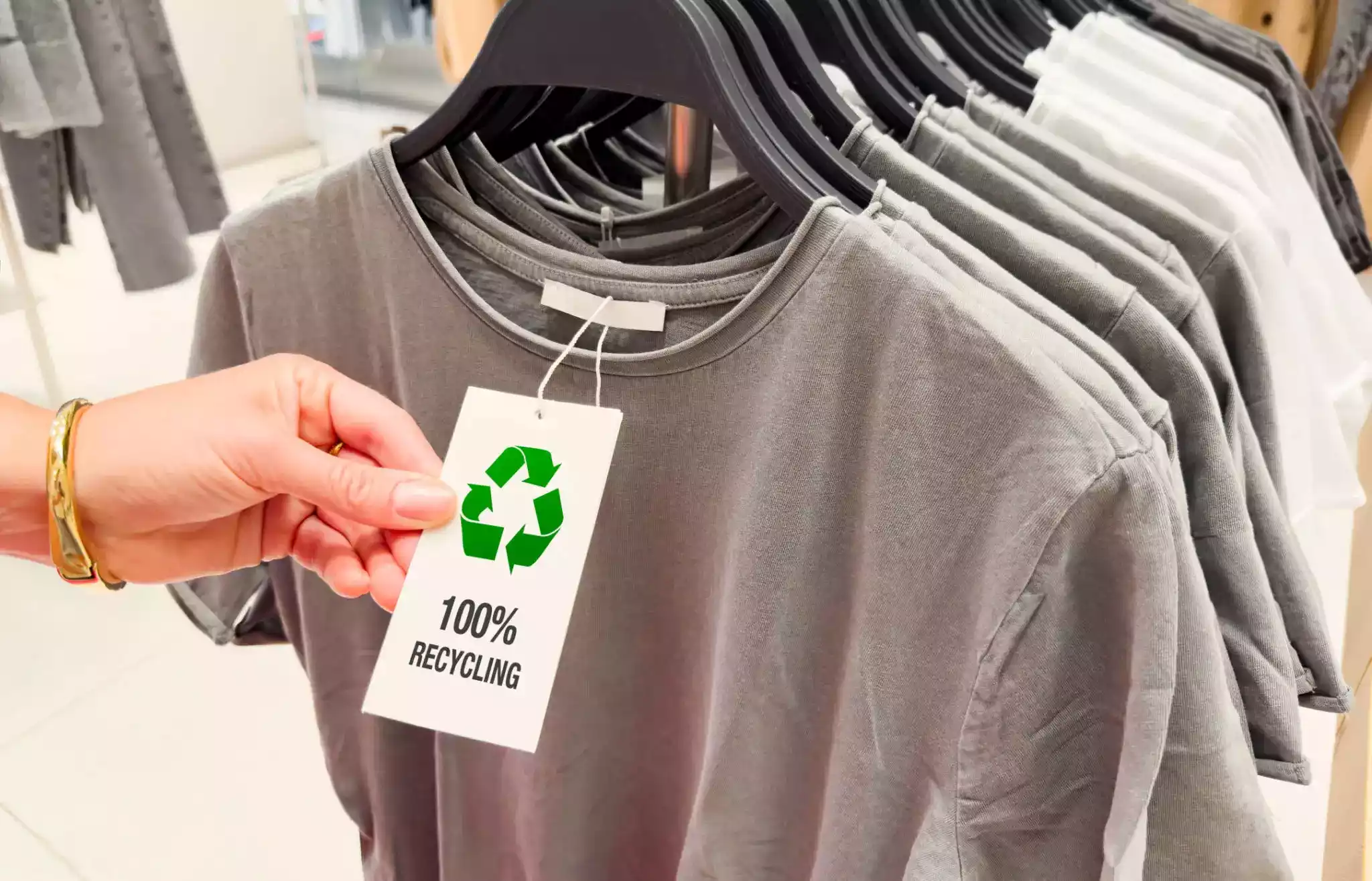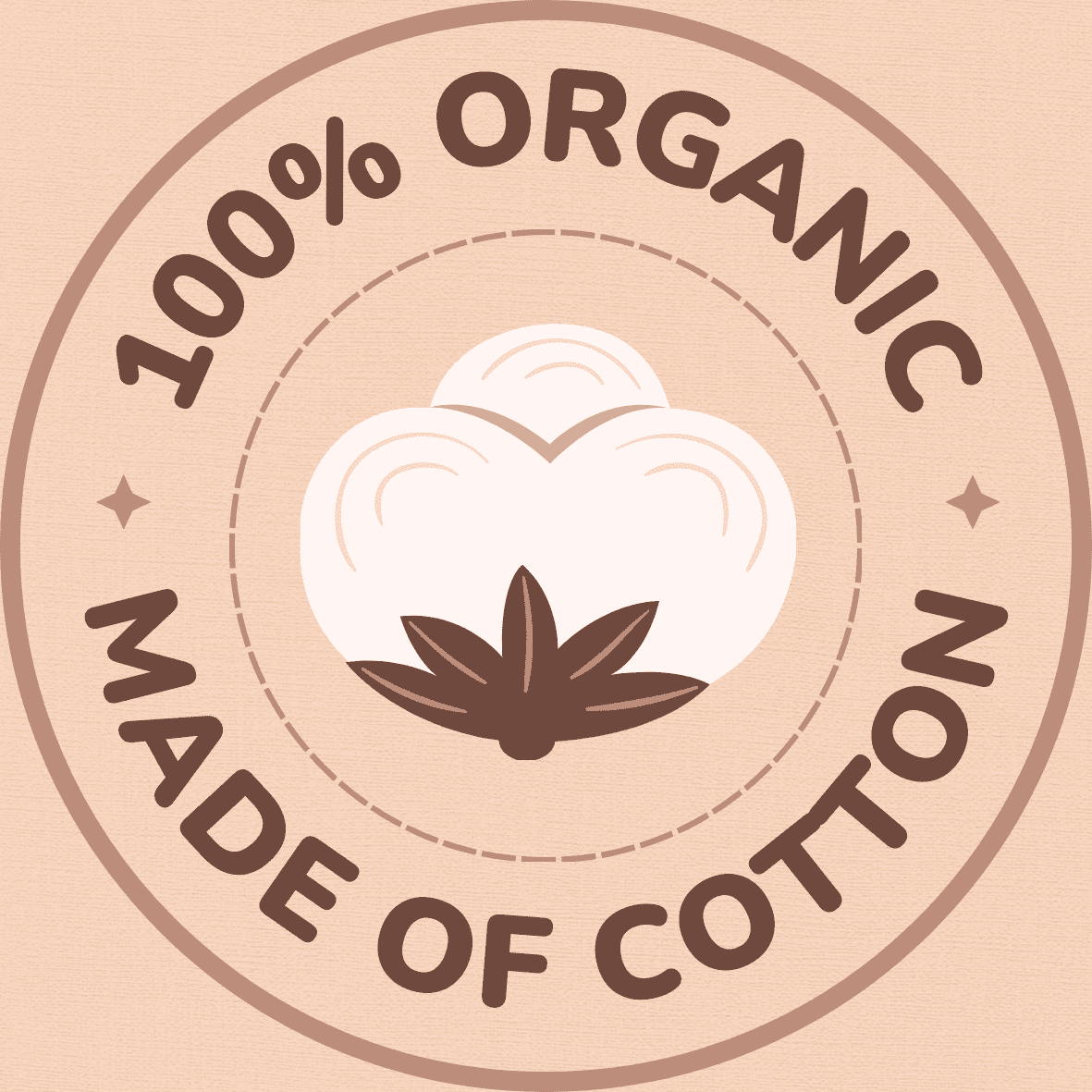Clothing Sourcing Made Simple: Finding the Perfect Partners for Your Fashion Brand
Clothing sourcing is a fundamental aspect of running a successful fashion brand. This process involves finding and partnering with reliable manufacturers to convert your designs into actual source clothing. Just like any other supply chain operations, it also raises concerns about sustainability and ethics. When you source unknown clothing or fabric for your clothing line, it’s essential to ensure that they are ethically sourced. Ethically sourced clothes are not just better for the environment but also promote fair trade and labour practices.
This aligns with the growing movement towards sustainably sourced clothing and away from fast fashion. More and more brands are choosing to source clothing that is both environmentally and socially responsible. It doesn’t necessarily mean that ethically sourced clothing is more expensive. In fact, a growing number of clothing sourcing companies specialize in cheap, ethically sourced clothing. These companies can also aid in how to source material for a clothing line with reliability and efficiency. Therefore, investing the time in research and building relationships with such clothes sourcing companies can lead to a more successful and sustainable brand in the long run.
Identifying Your Fashion Brand’s Needs
In the realm of fashion, clear and specific identification of brand needs largely sets the stage for sourcing decisions. Indeed, this includes the type of supplies needed – from ethically sourced clothing manufacturers, ethically sourced clothing stores, to ethically sourced workout clothes – each aligning with your brand’s ethos. If your target audience is more specific – such as ethically sourced women’s clothing, ethically sourced men’s clothing, or ethically sourced plus size clothing – this too will be pivotal in shaping your sourcing strategy. Furthermore, your brand’s location must also play into this, with distinct needs for those running physical boutiques versus those pondering on how to source clothes for an online store.
Additionally, having a well-defined requirement immensely supports the tactical aspects of procurement, such as how to source clothing manufacturers or how to source fabric for clothing. This decision-making process requires you to be well-informed not just about what your brand wants, but also about what it is feasible to achieve, whether you’re running a physical store or deciding how to source clothes for thrift store or how to source clothing for boutique. If you are intrigued by the online retail world, understanding how to source clothes to sell online or how to source clothing for an online store will be of critical importance. In a nutshell, the more precisely you can define your brand’s needs, the better equipped you will be to navigate your way through the complex world of apparel sourcing.
The Importance of Research in Selecting Suppliers
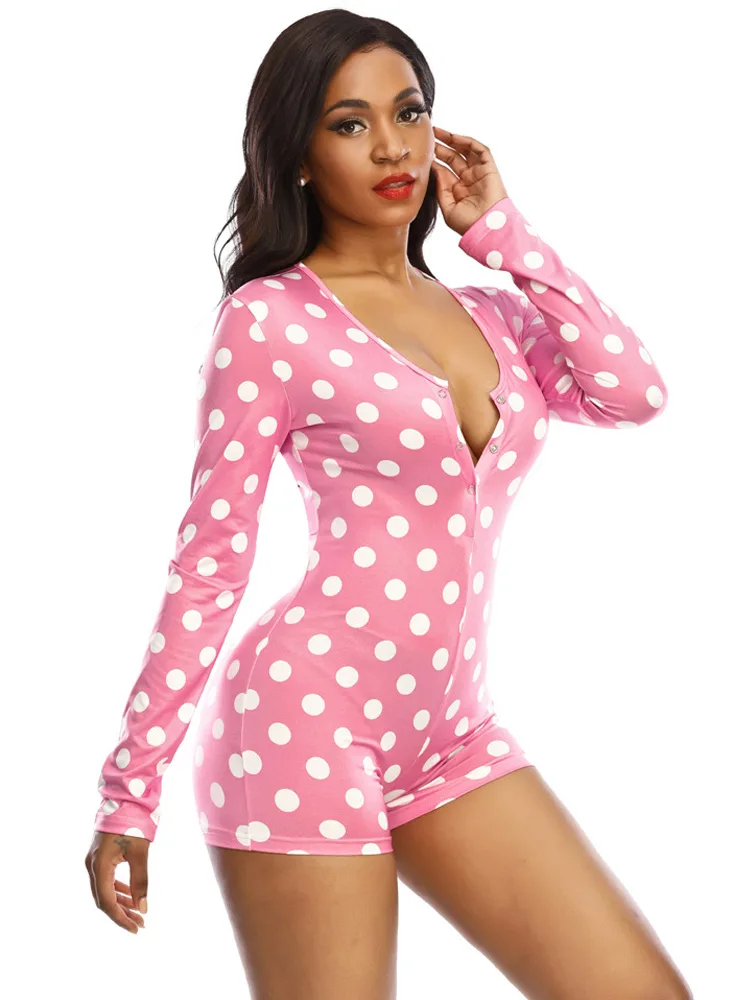
Research plays an integral role in the procurement process, acting as the backbone that drives decisions–from source clothing manufacturers to high-end fashion garments. This crucial step determines how to source materials for clothing and addresses various aspects, from locally sourcing clothing to finding the best source for vintage clothing resale. An exhaustive research process increases the likelihood of finding garments that are congruent with the brand’s image and ethos, be it one source clothing or open source clothing. Comprehensive research aids in deciphering the source clothing meaning while enabling fashion brands to curate a distinct inventory that aligns with current fashion trends and customers’ preferences.
Moreover, apart from revealing source clothing stores like the popular Greenwood MS, investigating potential suppliers gives insights into sourcing vintage designer clothing or source clothing for men, thus, expanding the brand’s offering. Reinforcing the significance of responsibly sourced clothing, research also promotes understanding the production process and ensures business compliance with ethical and environmental standards. Likewise, this preliminary investigation guides fashion brands towards the main source clothing store and provides valuable product reviews, such as the source unknown clothing review. In turn, detailed research allows brands to identify potential challenges, manage supply chain risks effectively, and strive for long-term success in apparel sourcing.
How to Evaluate Potential Apparel Suppliers
In the realm of apparel procurement, the selection of appropriate suppliers is a critical process integral to the prosperity of a fashion brand. Therefore, sourcing clothes for resale or sourcing clothes from China for your boutique requires a meticulous evaluation of potential apparel suppliers. This evaluation process entails examining various factors such as the supplier’s reliability, their quality of goods and services, ethical compliance, and their capacity to meet your brand’s specific needs. Whether you are sourcing clothing for your boutique or sourcing fabric for your clothing line, the goal is to find suppliers who can provide high-quality materials that cater to your brand’s aesthetic and functional specifications.
Moreover, it’s essential to take into consideration the sourcing of materials for clothing from suppliers who adhere to sustainable practices. More and more consumers are gravitating towards sustainably sourced clothing brands, and integrating this into your procurement strategy could significantly enhance your brand’s market appeal. When sourcing for manufacturers for clothing, it’s also crucial to take note of their manufacturing capacity and flexibility. Can they handle the volume of your orders? Can they meet your deadlines without compromising quality? From sourcing vintage clothing to sourcing wholesale clothing or even sourcing clothing from China, these are crucial questions that must be addressed. An evaluation will not only give you insights into the suppliers’ capacity and reliability but will also demonstrate their commitment to delivering top-tier services.
Building Strong Relationships with Garment Suppliers
In the realm of fashion and textiles, understanding where to source clothing manufacturers is a fundamental aspect of establishing robust relationships with garment suppliers. It involves engaging with suppliers who can provide the quality and variety of fabrics required for your clothing line. From regular wearables to ethically sourced baby clothes or vintage ensembles, the range of products that suppliers can offer varies significantly. Venturing into sourcing ethically sourced clothing online can reveal a wide spectrum of manufacturers who deliver ethically sourced women’s clothing, men’s attire and a whole host of other products.
The meaning and importance of “ethically sourced” encompass facets like the working conditions of the labor force, the environmental impact of the manufacturing process, among others. These factors affect the choice of clothing sources, whether it’s for the purpose of retail for a boutique, for a photoshoot, or to resell. It is crucial to grasp how to source clothing suppliers proficiently, and it may even extend to global source clothing contributors or how to source clothing from China, one of the world’s largest textile manufacturers. Whether it’s ethically sourced women’s clothing or source men’s clothing, a strong partnership with suppliers hinges on this broadened knowledge, which ultimately leads to a reliable supply of higher-quality garments or pure source clothing for your fashion brand.
• Identifying the right garment suppliers: To build strong relationships with your clothing manufacturers, it is essential to identify those who can cater to your specific needs. Whether you require regular wearables or ethically sourced baby clothes, the supplier should be able to provide a variety of fabrics and designs.
• Exploring online platforms for sourcing: With the rise in digital technology, many manufacturers have taken their businesses online. This provides an excellent opportunity for fashion brands to explore numerous options and find suppliers that align with their brand values and requirements.
• Understanding “ethically sourced”: The term “ethically sourced” refers not only to the quality of materials used but also encompasses factors like fair working conditions for laborers and minimal environmental impact during production. Choosing such suppliers reflects positively on your brand’s reputation.
• Grasping how to source clothing proficiently: It is crucial for fashion brands to understand how sourcing works – from identifying potential suppliers, evaluating their capabilities, negotiating contracts, ensuring timely delivery of products etc. This knowledge plays a vital role in building long-term partnerships with suppliers.
• Expanding horizons globally: While local sourcing has its benefits, exploring global sources like China (one of the world’s largest textile manufacturers) could provide more extensive choices and competitive prices. However, this requires understanding international trade regulations and managing logistics efficiently.
• Building strong partnerships through broadened knowledge: A successful relationship with garment suppliers isn’t just about transactions; it involves sharing insights about market trends, customer preferences etc., which can help both parties grow together. By doing so, you ensure a consistent supply of high-quality garments for your fashion brand while strengthening ties with your supplier.
Negotiating Terms with Your Apparel Partners
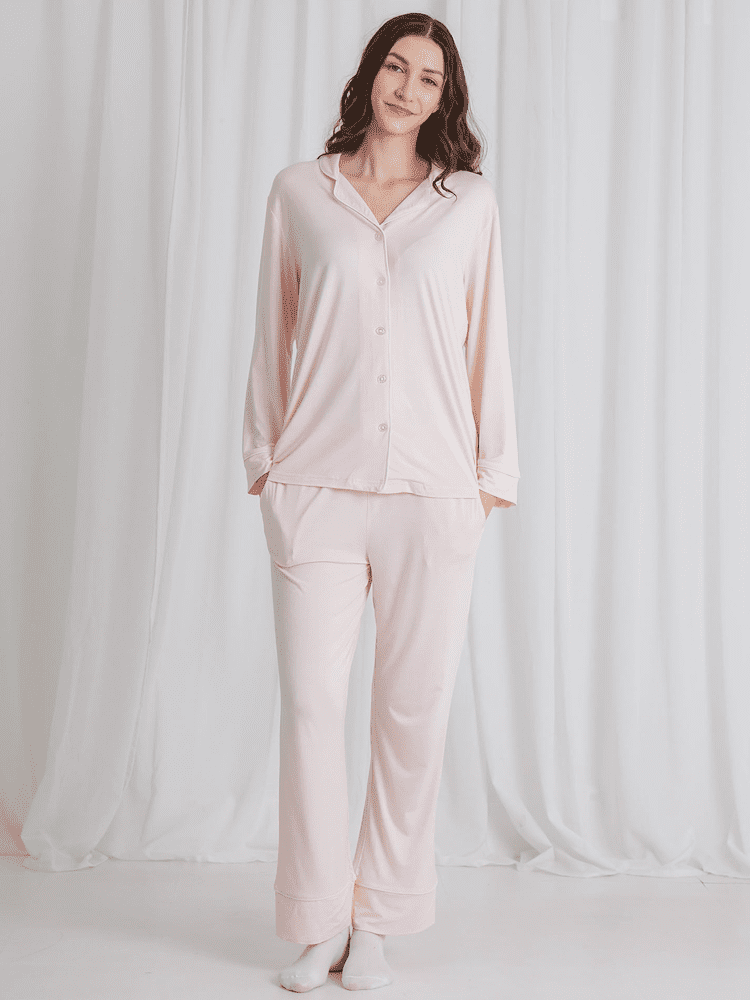
The quest for the best city to source clothes from China, whether it be silk, nylon, or other materials can be a daunting process. Businesses are continuously on the hunt for reputable sourcing clothing manufacturers in China that can provide alternative sources of cloth, contributing to the dynamic and evolving nature of the fashion industry. Sourcing clothing suppliers has become a pivotal part of the entire procedure, as one wants to ensure they represent the best mix of quality and cost-effectiveness. While the source unknown clothing remains a mystery in the industry, advancements in modern clothing source have paved the way for increased production efficiency and variety.
The sourcing clothing process also extends to the needs of specific demographics, with infant apparel being one such niche. Companies aim to discover the best city to source baby clothes from China, focusing on sourcing agents in China specialized in catering to baby clothing & gear. The competitive edge comes not only from finding an affordable source of hardware cloth but also from being the pivotal source of raw materials for clothes such as sourcing the best sources of silk cloth. For some brands, the main bulk of sourced clothes might come from unique locations, touting features like “America sourced clothes” or “Amazon private label clothing sourcing.” The continuous process of uncovering the ideal source of cloth strengthens the brand’s nature and fortifies its supply chain, hence a vital component in negotiations.
Sustaining Quality Control in Garment Procurement
In the realm of apparel procurement, sustaining impeccable quality control can be a determining factor between moderate success and phenomenal triumph. The best clothing manufacturer sourcing practices often involve leveraging resources from across the globe, tapping into the unique strengths of countries recognised for fabric production. Indeed, the best countries to source clothing are those with a robust textile industry, offering a diverse range of fabrics and design capabilities. The advantages of these countries extend beyond mere cost reduction, also contributing to a richer assortment of clothing options, brought to life with superior craftsmanship.
However, regardless of sourcing location, a primary concern in today’s socially conscious market is the ethical aspect of manufacturing. The best ethically sourced men’s clothing and the best online source for baby clothes are increasingly hailed for their commitment to responsible procurement practices. It is crucial to ensure that respect for human rights, fair trade principles, and environment-friendly practices are not compromised. Additionally, it is increasingly commonplace to buy clothes from source companies that prioritize the manufacturing of clothing that is responsibly sourced and made. Niche markets, such as the best source for men’s terry cloth robes or meeting specifications like 3 4 sleeve are gaining ground, demanding meticulous attention to quality control not only at a macro but also at a micro level. After considering sourcing from worldwide hubs like China, the next vital step lies in strengthening relationships with the selected suppliers to ensure that quality control remains a shared, ongoing priority.
Effective Communication Strategies with Suppliers
Navigating through the intricate world of apparel procurement entails forming robust relationships with various clothing vendors. A pivotal element required for these partnerships is maintaining effective communication, which becomes particularly critical when dealing with clothing sourcing from diverse regions such as China, the UK, USA, or Columbia. Equally important are strategies to identify credible sources for buying clothes ethically, be it adopting eco-friendly clothing sourcing methods or sourcing entirely ethical clothing ranges. Many fashion brands, mainstream and startup, are inflating their engagement in ethical clothing sourcing, conforming to a rising consumer demand for ethically sourced clothing, not just limited to major cities such as Austin and Australia, but also developing niches in products like the ethically sourced clothing baseball tee.
Considering the inflating trend in crowd-sourced clothing design and even crowd sourced men’s clothing, establishing clear communication paths with clothing vendors becomes even more critical. The highly dynamic and competitive nature of this field, with constant supply and demand fluctuations, requires companies that source clothes to resell to be perpetually in sync with their clothing wholesale sources in the USA and other locations. Furthermore, echoing the importance of sustainability, the recent focus on ethically sourced cloth and ethically sourced children’s clothing illuminates the significance of being meticulous and detail-oriented in sourcing practices. Examples include cotton clothes sources that adhere to ethical standards and practices. Indeed, adopting and maintaining effective communication strategies is cardinal in successful and ethical apparel sourcing.
Managing Supply Chain Risks for Your Fashion Brand
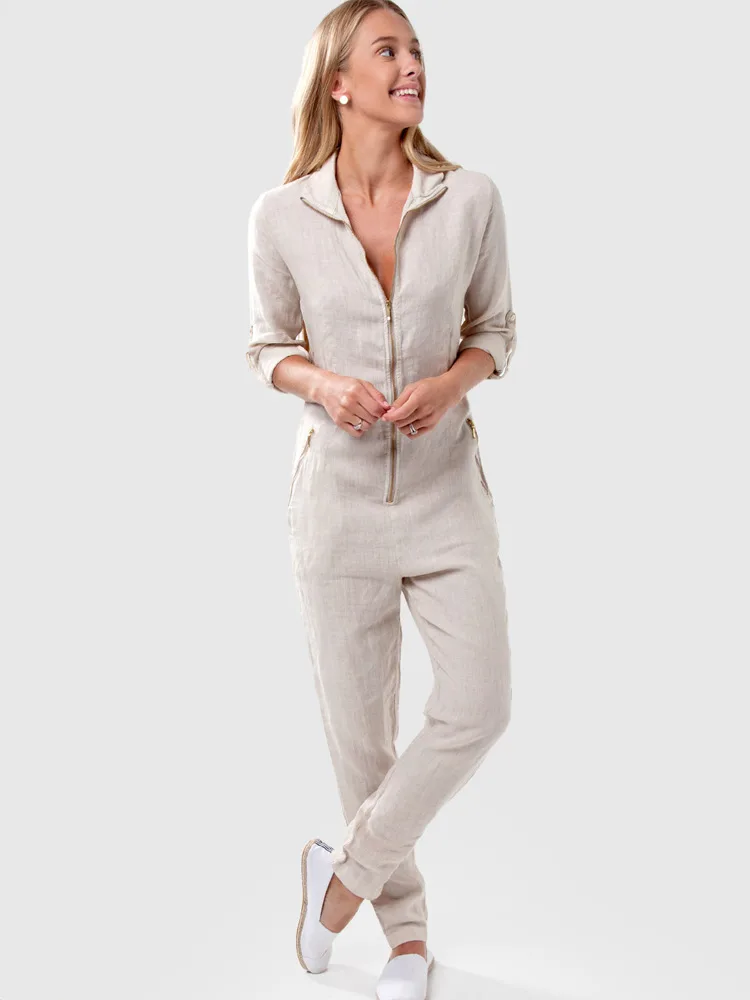
In the realm of fashion, an integral element to thriving in the industry is carefully managing the risk associated with supply chains. This includes ensuring clothing is ethically sourced, a practice various brands, such as the ethically sourced clothing brands UK and ethically sourced clothing Canada, have adopted. Although sourcing from distant locations like China might initially seem challenging, companies like the ethically sourced clothing company manage to facilitate the acquisition of ethically sourced clothing from China. Other regions like Ireland and New Zealand are also arguably effective in providing ethically sourced clothing Ireland and ethically sourced clothing NZ, respectively.
Different target populations have varying requirements, leading to the emergence of specialized establishments such as ethically sourced kids clothes and ethically sourced men’s clothing. For men, the offering extends from casual attire to formal necessities, like the ethically sourced mens button shirts clothing. Not forgetting other regions like the UK, where ethically sourced men’s clothing UK enables male clientele to access a wide array of ethically sourced apparels. Wholesale options like the ethically sourced clothing wholesale allow businesses to acquire stock in large quantities. Niche markets are also catered for with unique products such as ethically sourced wool clothing. For bargain hunters, there are ethically sources cheap clothing options that cater to their needs, all acting as good sources of clothes.
Strategies for Long-Term Success in Apparel Sourcing
The competitive world of the fashion industry presents the challenge of consistently sourcing high quality clothing from reputable suppliers. When considering how to source materials for your clothing line, the focus should not merely be on cost-effectiveness, but also on the quality and ethical standards of the materials being used. This includes a careful evaluation of potential suppliers, such as understanding how to source clothes suppliers from different regions including China and the UK. Furthermore, specific strategies might be required for different boutique types, for instance, a differentset of criteria may apply when determining how to source clothing for men’s boutique.
Upon identifying potential suppliers, it is crucial to establish a trustworthy business relationship which guarantees a reliable supply of quality products. This, for instance, involves understanding how to source ethical clothing that aligns with your brand’s values and customer expectations. Additionally, it’s important to understand how to source your clothes from a diverse range of suppliers to mitigate supply chain risks. Therefore, tapping into different supplier networks, such as knowing how to source clothes from China or how to source clothing suppliers in the UK, broadens your access to a variety of clothing materials, thus fostering innovation in your clothing line and paving the way for long-term success in apparel sourcing.
FAQs
What are the basics to understand in apparel procurement?
Understanding apparel procurement requires a grasp of the various stages in the supply chain. This includes everything from design, sampling, material sourcing, production, shipping, to retail. It’s also necessary to be familiar with the industry standards, regulations, and the various pricing strategies.
How can I identify my fashion brand’s needs?
Identifying your fashion brand’s needs involves understanding your target market, brand identity, and the type of products you wish to produce. It also necessitates a clear understanding of the production volume, quality standards, and budget constraints.
Why is research important in selecting apparel suppliers?
Research is crucial in selecting suppliers as it helps in identifying those with the capability to meet your brand’s specific needs in terms of production volume, quality standards, and cost. It also aids in evaluating the supplier’s reliability, ethical standards, and prior experience in the industry.
How do I evaluate potential apparel suppliers?
Evaluating potential suppliers can be done through their past performance, their capabilities in terms of delivery time, quality of products, and cost-effectiveness. It’s also important to assess their ethical standards, compliance with regulations, and their financial stability.
Can you advise on building strong relationships with garment suppliers?
Building strong relationships with suppliers involves constant communication, mutual respect, and understanding. It’s also helpful to establish long-term contracts, provide constructive feedback, and ensure timely payments.
How can I negotiate terms with my apparel partners?
Negotiating terms with apparel partners requires a clear understanding of what you need from them and what they can offer. It’s important to discuss delivery timelines, prices, payment terms, quality expectations, and any penalties for non-compliance.
How can I sustain quality control in garment procurement?
Sustaining quality control involves regular inspections, audits, and testing of the products. It also requires enforcing strict quality standards, training suppliers about these standards, and taking corrective actions when these standards are not met.
What are some effective communication strategies with suppliers?
Effective communication strategies with suppliers involve regular meetings, clear and concise communication, transparency about expectations, and constructive feedback.
How can I manage supply chain risks for my fashion brand?
Managing supply chain risks involves constant monitoring of the supply chain, contingency planning, and diversification of suppliers. It’s also crucial to ensure suppliers comply with ethical standards and regulations.
What are some strategies for long-term success in apparel sourcing?
Strategies for long-term success in apparel sourcing include building strong relationships with reliable suppliers, maintaining consistent quality control, effectively managing supply chain risks, and constantly adapting to changes in the market and industry trends.

